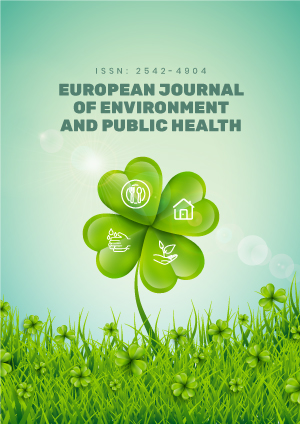Abstract
Objectives: Nutrition labels are increasingly seen as a crucial strategy to combat diet-related chronic diseases, especially obesity. This study, it is aimed to evaluate the nutrition label reading habits of Turkish consumers and their knowledge levels about nutrition labels and claims.
Method: The population of the research consists of 1,195 volunteers, 597 males and 598 females, aged between 18-65 years. The data of the study were collected using a face-to-face interview technique through a questionnaire. With the questionnaire form, descriptive information of individuals, reading habits of nutrition labels, information about nutrition label content, and preferred information and statements on nutrition labels were questioned.
Results: In the study, it was found that the rate of reading the packaging information, the need to research an ingredient in its composition after reading the nutrition label (p<0.001) and hearing some terms used frequently in the food industry (such as colorants, preservatives, sweeteners, etc.) (p<0.05) of those who find the label information important when purchasing food is higher than those who do not find it important in both genders and total participants. In addition, in the study, it was determined that those who knew the nutrition claims on the nutrition labels in all groups prefer more some nutrition claims such as “reduced energy” and “trans-fats free” among the most read nutrition claims (p<0.001).
Conclusions: These results suggest that instilling the importance of reading nutrition labels and teaching nutrition claims to individuals in the community may be a cost-effective intervention to encourage consumers to make healthier food choices and acquire healthier eating habits.
License
This is an open access article distributed under the Creative Commons Attribution License which permits unrestricted use, distribution, and reproduction in any medium, provided the original work is properly cited.
Article Type: Research Article
EUR J ENV PUBLIC HLT, Volume 7, Issue 4, 2023, Article No: em0144
https://doi.org/10.29333/ejeph/13392
Publication date: 12 Jun 2023
Article Views: 2437
Article Downloads: 3048
Open Access References How to cite this article
 Full Text (PDF)
Full Text (PDF)